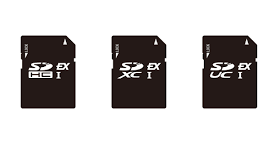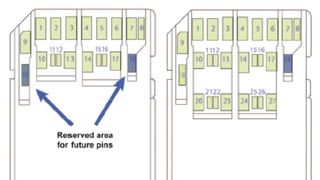SD Express Cards to get speeds never imagined before
A boon for professional photographers

SD Cards are to memory cards as to what xerox was to photocopying --- practically the byword.
And SD Association that manufactures them, has announced a new SD 8.0 specification for 'SD Express memory cards' that will now allow the cards to transfer data at the rate of close to four gigabytes per second (3940 MBps to be precise) - 4 times faster than the original spec. This has been possible due to PCIe 4.0 and NVMe interfaces commonly found in solid-state drives.
That faster transfer rate will be of great help to new technologies, like 8K video, create ever-larger files, which in turn require faster throughput if one wants to transfer data in a timely manner.
Specialist photographers, wanting to shoot at very high resolutions or needing to use the burst mode to a great extent, will find the new memory card a boon.
Major jump
The 8.0 specification allows for transfer speeds of up to 3,938 megabytes per second, the SD Association said in a white paper.
"SD Express gigabyte speeds bring new storage opportunities for devices with demanding performance levels, across a variety of industries. The cards can move large amounts of data generated by data-intense wireless or wired communication, super-slow motion video, RAW continuous burst mode and 8K video capture and playback, 360 degree cameras/videos, speed hungry applications running on cards and mobile computing devices, ever evolving gaming systems, multi-channel IoT devices and automotive to name a few. SD Express will be offered on SDHC, SDXC and SDUC memory cards."
The new card signifies a major jump from the maximum transfer speeds of 985 megabytes per second that one found in cards built to the SD 7.0 and SD7.1 specs.
Get daily insight, inspiration and deals in your inbox
Sign up for breaking news, reviews, opinion, top tech deals, and more.

But hardware needs to catch up
Industry experts say that the card though announced, will still take some time to begin mass production.
Also, these speedy cards will not be readily compatible with existing devices. The devices that read the cards on the hardware end — like laptops, cameras, and card readers — have to measure up to match the new spec. That would be a long, pricey journey, it would seem.
Via: SD Association
Most Popular

